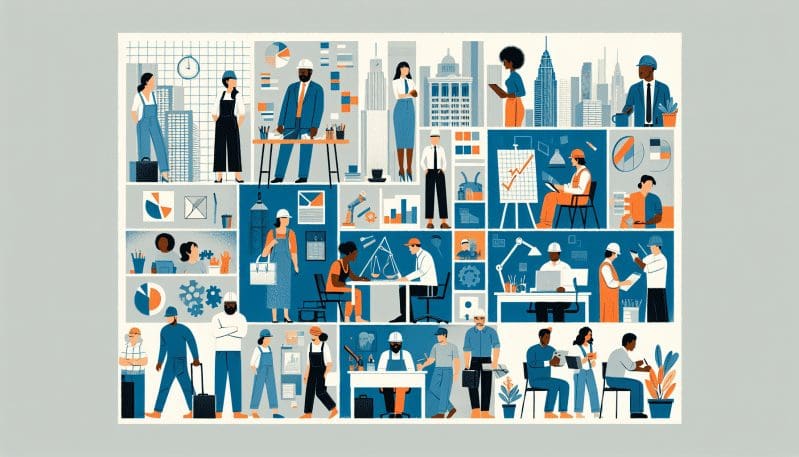In recent years, diversity, equity, and inclusion (DEI) have transformed from fringe concepts to frontline action items for companies across the globe. Yet, as the echo of these buzzwords fades, the hard work of genuine implementation within New York’s workplaces, and across varied industries, remains a complex challenge. How then can businesses move from superficial commitment to systemic change?
New York serves as a microcosm of the global workforce, a melting pot of culture, identity, and thought that demands an equally nuanced approach to DEI. As companies in the metropolitan hub and beyond proclaim their dedication to犀利士
DEI, it becomes evident that some efforts are more performative than transformative. The gap between rhetoric and reality not only hinders workplace harmony but also impacts productivity, innovation, and employee satisfaction.
Effective DEI initiatives require a multi-dimensional approach, starting with transparency. Companies that share their workforce demographics openly, as well as their goals and progress in DEI, build trust and accountability. Real numbers shed light on real issues. A tech giant’s admission to the underrepresentation of women and minority groups within its engineering ranks, for example, led to increased recruitment efforts and the development of mentorship programs aimed at these groups.
Intersectionality, a concept that recognizes the overlapping and interdependent systems of discrimination, must also guide DEI interventions. A truly inclusive workplace understands and addresses the complex ways in which race, gender, sexual orientation, and other aspects of identity interact. Embracing intersectionality avoids one-size-fits-all solutions that fail to consider the unique experiences of underrepresented groups.
Accountability, both internal and external, stands as the final pillar in the foundation of meaningful DEI work. Internally, companies need to set clear benchmarks and hold leaders responsible for meeting them. Externally, consumer pressure and the court of public opinion often provide the impetus for change. In the case of one prominent financial institution, a public outcry over gender pay discrepancies led to an overhaul of its compensation practices.
As businesses look to assess and improve their DEI initiatives, several steps stand out. The first is to listen actively to employees, especially those from marginalized groups, through surveys, focus groups, and one-on-one conversations. Secondly, training and development programs that address unconscious bias and cultural competency can pave the way for a more inclusive culture. Third, forming diversity councils or employee resource groups offers a structured platform for discussing and advancing DEI goals.
To conclude, DEI is more than just a set of buzzwords—it’s a promise to current and future employees that their identities will be respected and their voices heard. The New York workforce, reflective of a broader, diverse populace, is watching and waiting for that promise to be fulfilled. As companies strive to embody the principles of diversity, equity, and inclusion, they’ll find that the path isn’t easy. But the rewards—a more dynamic, innovative, and equitable workplace—are well worth the journey.





























